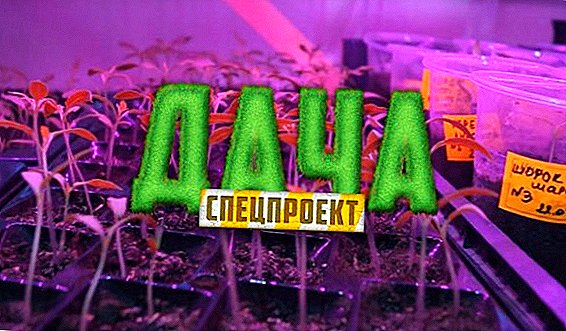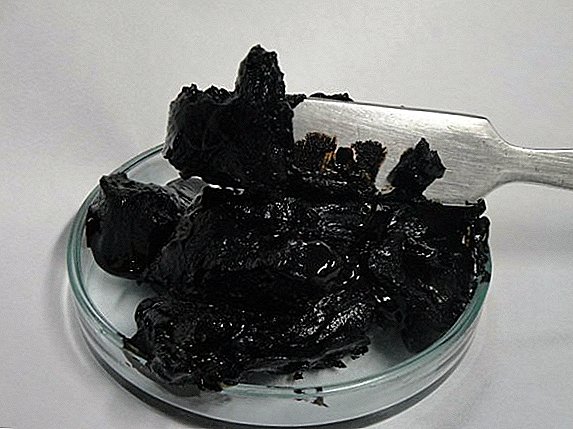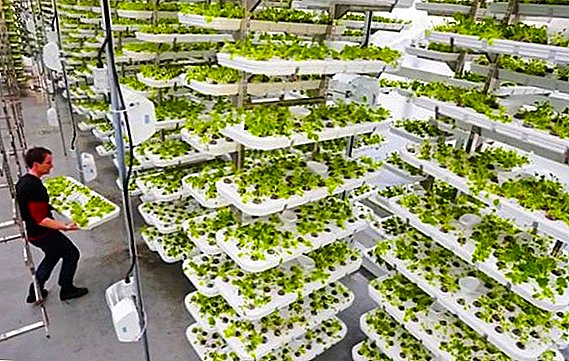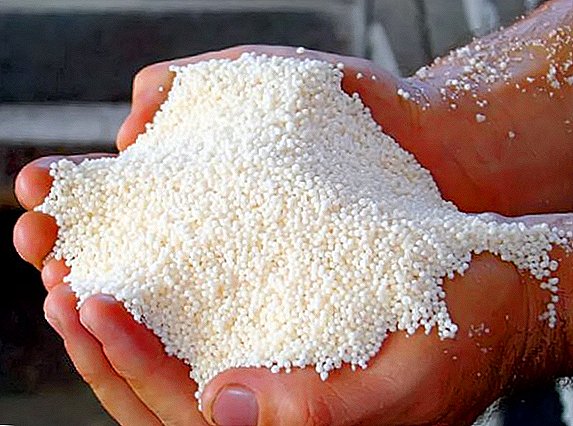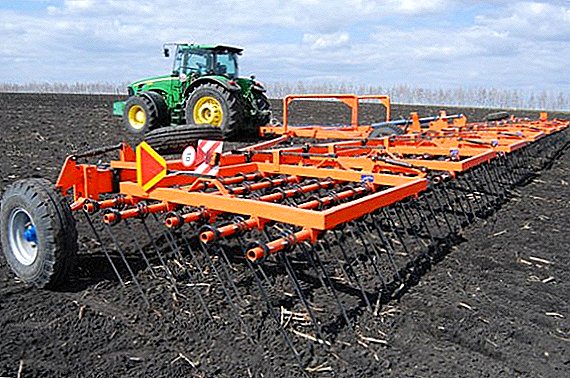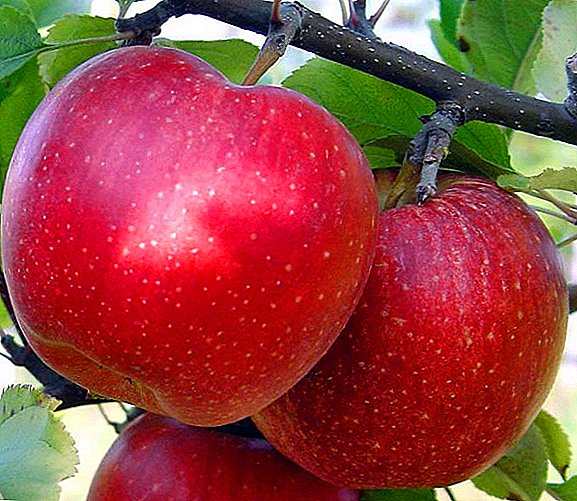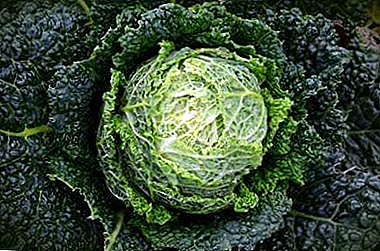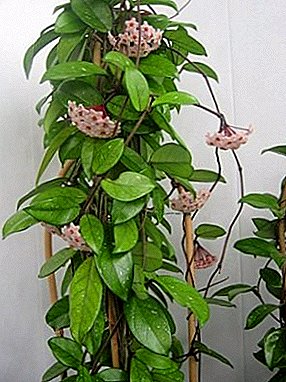
Hoya is one of the most beloved by many domestic plants due to the beautiful flowers, unpretentiousness and ease of reproduction. In nature, hoya is found in Australia, on the Pacific Islands and South China, where it grows between trees, using low specimens for support. The name of the plant comes from the surname of the English gardener Thomas Hoy, who planted it in greenhouses.
Biologists believe that hoya carnose has a beneficial effect on the atmosphere in the house, cleans the air from all sorts of harmful impurities.
Characteristic and description
It is an evergreen flowering vine. Known as hoya meaty or wax ivy.
The roots
Creeper root system developed, growing rapidly, filling the entire pot, and hoya begins to bloom only after the pot has been entwined with roots.
Stem

Curly, with numerous shoots. Its length can reach 10 meters.
Leaves
Fleshy, tough, pointed. Dark green, up to 8 cm in length.
Flowers and bloom
Hoya blooms in early June and blooms profusely until late July, then resumes flowering in autumn, in September. The flowers are star-shaped and have five petals. They are wax, gathered in dense umbrellas. Coloring is different: white, pink, red. There are up to 2 cm in diameter.
Smell
Flowers emit a strong peculiar honey smell.
Growth rate
Grows up up to 45 cm per year.
Lifespan
This is a perennial plant, lives in a room for a long time, up to 10-15 years.
Home care
Hoya easy to care for the plant.
Landing

Planted in small pots with good drainage and mandatory drainage hole. Since this is a vine, which is often grown as an ampelous plant under indoor conditions, better to use hanging pots.
Transplant after purchase
After buying the plant, it remains for some time in the process pot, then it is transplanted into a flowerpots, but it should not be much larger than a transporting pot, hoya blooms more abundantly in tight containers.
Subsequently transplanted once in 2-3 years in April. This plant can not be replanted often, because even with the most careful transplant it starts to hurt.
Priming
The basis of the hoi mix is leafy ground, to which add turf and humus in a ratio of 3: 2: 2, and mixed with a small amount of coarse sand. It is useful to add soil for orchids or sphagnum moss and crushed bark of trees. Of the best-bought primer for palm trees.
Watering
In summer, the plant is watered abundantly, but only after the topsoil dries.
In winter, watering significantly reduced. Hoya tolerates underfilling more easily than excess moisture.
Air humidity
Since the plant comes from countries with a humid climate, it also requires high humidity at home.
Lighting
At home, hoya grows in well-lit low forests, therefore, at home it is put on the southern window-sill, but from direct rays it’s still necessary to shade. The lack of color affects flowering, hoya can throw off the buds, or even not dial at all.
Thermal mode

In summer, hoyu is quite comfortable with the typical room temperature for this time. In winter, it is useful to reduce the temperature to 15 degrees.
Fertilizer
Hoya doesn't like too many nutrients. Feed the liana only during the flowering period, once every three weeks with mineral fertilizers and a couple of times during the period with organic fertilizers.
Breeding
Hoyu is most often propagated apical cuttings that are cut to 10-15 cm in length, while it is necessary to ensure that they have several buds. They are then rooted in wet peat mixed with sand. The higher the temperature, the faster the rooting occurs. You can apply and preplant processing root.
Hoya reproduces by air layering and leaves with axillary buds, which are also planted in peat mixture and put in a warm place.
Pruning
Hoya does not tolerate pruning, it is better not to remove even old flower stalks, because flowers will reappear on them. Therefore, only get rid of damaged leaves.
Diseases and pests. Methods of struggle and treatment
Vine leaves can be affected. various fungi. In this case, the leaves are wiped with a damp cloth and treated with Bordeaux liquid. To prevent such diseases, hoyu should be washed as often as possible under the shower.
With excessive watering the leaves may turn yellow, and the surface of the soil can become covered with mold, while the roots often begin to rot. Dark spots on the leaves can be a consequence of sunburn.
Of the pests for hoy, thrips and scale insects are particularly dangerous. They rarely infect a plant that is regularly washed in the shower. But if this happened, then the vine should be treated with insecticide.
- after the appearance of the buds, the flower cannot be turned over, it can throw off the buds and not bloom;
- hoya does not tolerate drafts;
- the flower can be grown as an ampelous plant, and fixed in a pot on the support in the form of an arch;
- in the spring, hoya right in the pot is useful to put in a basin with warm water and leave it for several hours so that all the clot soaks through the drainage hole;
- during the winter period, the hoya must be placed as far as possible from the batteries and the most bright lighting possible.
Here are some tips for caring for hoya:
A photo
Next you can see a photo at home care for Hoey Karnoza fleshy tricolor:






